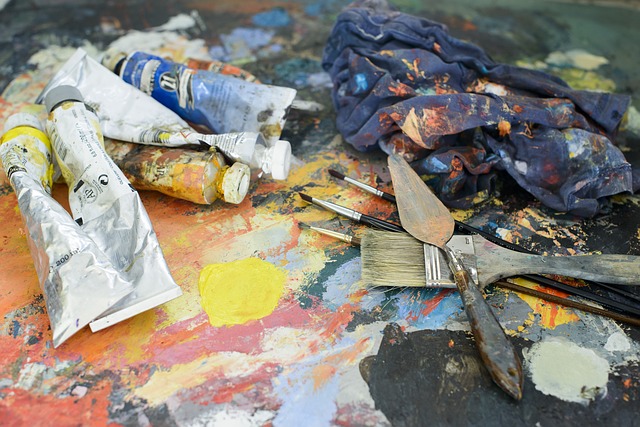
How to become a professional artist and make money? Surprising as it may sound, but this is one of the most frequently asked questions on global search engines. The Weekend Artist spoke to well-known art critique, curator and show host Qazi M Raghib and learnt the must-haves to become a professional artist and earn money by selling art
- Attend an art school
Contrary to self-taught artists, an art- student understands the theory behind the art. Be it painting, music or any other art form; understanding the ”grammar” of art is important – Raghib says. An art school inculcates the aesthetic values, teaches the technicalities and most importantly provide an environment consisting of like-minded individuals – all of which contributes towards making of an artist. “It also provides the much-needed exposure to various styles of art, artists and art movements,” Raghib says. Remember, for becoming a professional artist, “talking about art” is as important as “art” itself and an art school ensures you are well versed with art talk.
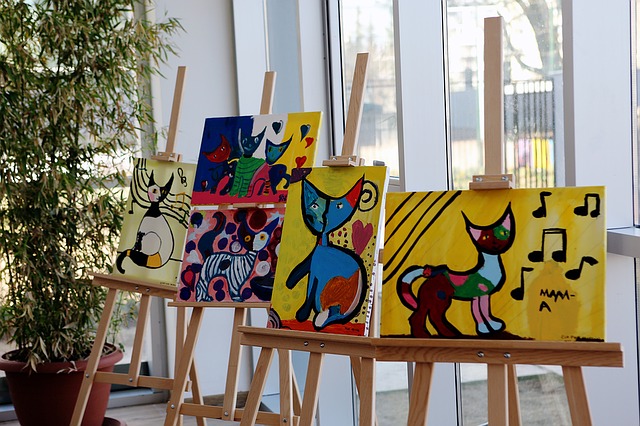
- Before abstract, get real
These days, many young artists venture directly into abstract, impressionist style, arguably, because it sells. But getting your basics right is extremely crucial. Not many knew M F Hussain for almost 50 years of his life. His father was a tailor and wanted Hussain to follow the suit. Hussain would portray figures which were then considered against the religion. During those days, to earn a living, he would paint film posters for Rs 20. So even before Hussain became known for his abstract expressionism, life made him a master of realism. It is thus important to be able to draw, sketch and understand shapes, colours, values, tones and composition. So, much before his painting fetched millions, we must not ignore the basics that poverty and circumstances compelled Hussain to master. Learn from the lives of the great masters.
- Develop your own style
Your thought behind a painting and its portrayal should go hand in hand. Almost 50 percent of the artists I meet are self-taught. And when I attend their exhibitions and tell them the harsh truth that their paintings look like copies of masters/ well-known painters, they are taken aback. But it’s important you accept the fact: Art has to be original. A copy is a copy. Develop your own unique style. Let people associate you with a particular style of painting and when your painting can be identified as yours without your signature on it, consider that you have arrived! This unique style is what sells in the art market and it is important to identify and develop this unique style.
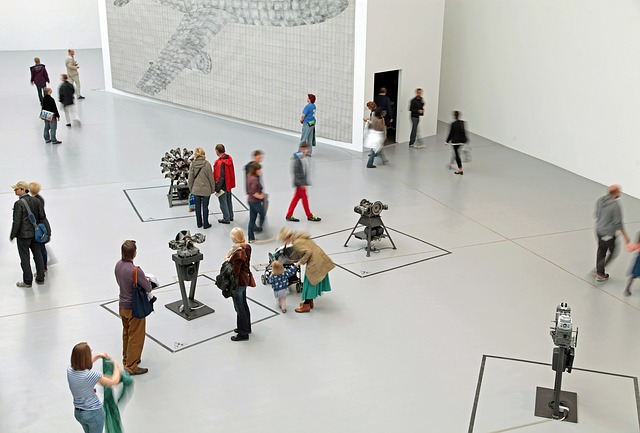
- Exhibit
Online platforms may establish your contact with the audience, but that is no option to exhibitions. A good artist has noteworthy exhibitions to his credit. Your artwork should be displayed in well-known art galleries. Solo exhibitions can be expensive. Go for group exhibitions. On one hand, it brings down the contribution for the overall show and on the other, it increases the audience of the exhibition given that friends and family of all the artists of the group attend the exhibition. If art connoisseurs find your work interesting, they may want to work with you. By work, I mean selling your artwork for a commission which may range between 30- 50 percent.
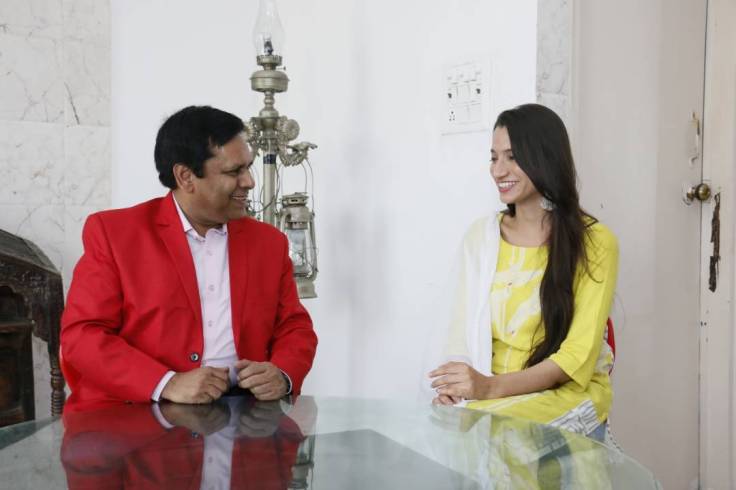
- Be in news, talk art
It is important to stay in an art circle, surrounded by people who create art and love talking art. Networking and PR are the need of the day today. Go out. Attend exhibitions, meet artists, talk to buyers, understand what critiques have to say about your work. Be open to learning, change. Most budding artists cannot afford a PR agency, unlike settled artists who have a fleet of assistants and in-house journalists who write about their art. In such cases, it is best to be your own PR. Pick up your phone, write emails. Consult your journalist friends about what story related to your work can grab attention. To give an example, at a time when the US Presidential elections were in full swing, an artist’s impression of the political turmoil would have stood the best chance to grab space in mainstream media. In addition, use social media. Be heard. Display your works on Facebook, Twitter, Instagram and tell people that you are synonymous with your art.
(If you find this article helpful, give us a like and encourage us to do more such helpful expert interviews which can help you quit your job and become a full-time artist)
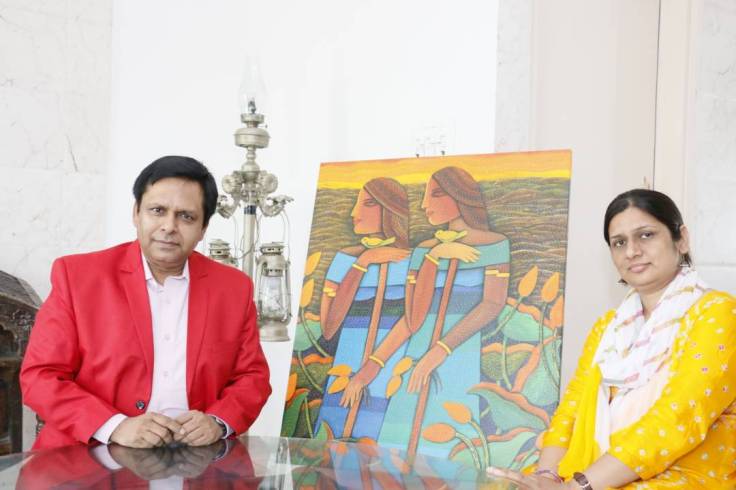

Well written and covering all aspects of art and promotions…great writer
LikeLiked by 1 person
Thanks for your kind words. We promise to bring more such stories in future.
Thanks
The Weekend Artist
LikeLike
Very nice article.. useful for all artists
LikeLiked by 1 person
Very To the point directions…..very useful
LikeLike